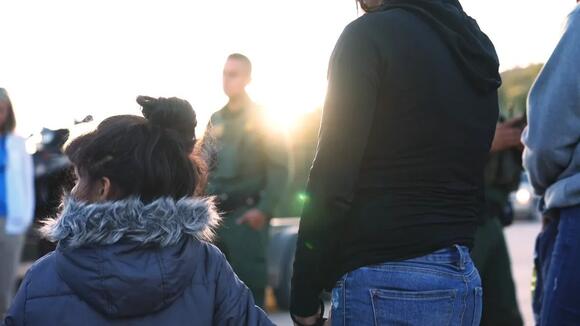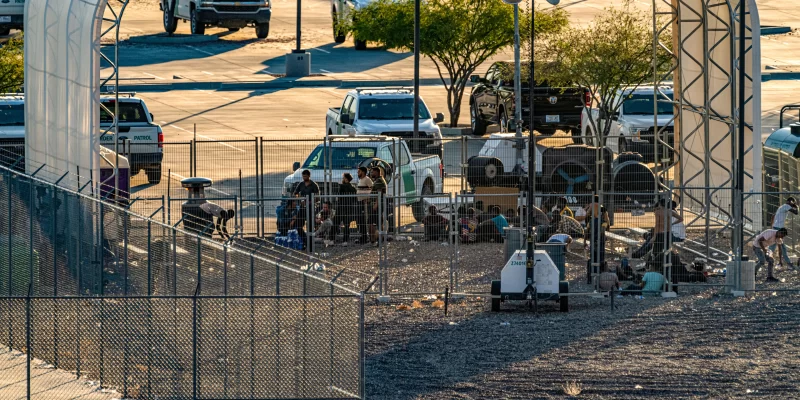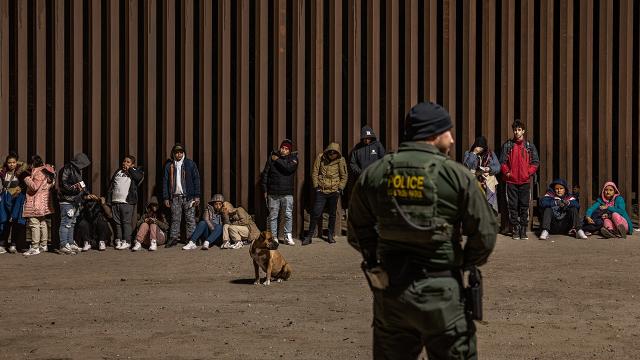Arizona Migrant Crisis: Ajo Faces Surge Amidst Heatwave Challenges
The Arizona migrant crisis has become a focal point of concern, with Ajo, a remote location on the Southwest border, witnessing a significant increase in migrant crossings.
The situation is further complicated by an ongoing heatwave, making the conditions even more perilous.
US Border Officials Respond to the Arizona Migrant Crisis
In response to the escalating situation in Ajo, part of the broader Arizona migrant crisis, US border officials are increasing both personnel and transportation resources.
Their primary goal is to manage the recent influx of migrants, especially given the extreme weather conditions.

A spokesperson for US Customs and Border Protection highlighted the urgency. Noting the priority is the swift transportation of noncitizens from the harsh desert environment to facilities where they can access medical care, food, and water.
The National Weather Service has issued an excessive heat warning for Ajo, with temperatures expected to soar between 106 to 112 degrees.
This extreme heat, coupled with the challenging terrain, has intensified the challenges in the area. Adding another layer to the Arizona migrant crisis.
The surge in migration at Ajo is not merely coincidental. It appears human smuggling organizations are redirecting migrants to some of the region’s most treacherous terrains, including the Cabeza Prieta National Wildlife Refuge and the Organ Pipe Cactus National Monument.
You may also like: Tragic Mediterranean Migrant Boat Disaster Claims Hundreds of Pakistani Lives
A Glimpse Inside the Ajo Station Amid Crisis
Currently, migrants are held at the Ajo station for an average of 15 hours. Some, especially adult men, spend part of this duration in outdoor areas awaiting transportation.
These areas, though shaded and equipped with fans, meals, and water, are a testament to the station’s limited capacity. Women, children, and other vulnerable populations are kept inside the station.

The Border Patrol’s response to the Arizona migrant crisis includes measures to ensure the safety and well-being of the migrants.
They have confirmed that no deaths have occurred at the Ajo station or its vicinity during the current heatwave and the rise in migrant encounters.
Beyond Ajo, Arizona is grappling with extreme temperatures. Phoenix, for instance, has experienced a record-breaking 31 consecutive days with temperatures exceeding 110 degrees. This has made July the hottest month on record for the city.
The heatwave is not only a weather phenomenon but a contributing factor to the Arizona migrant crisis. The extreme temperatures add to the risks and challenges faced by both migrants and border officials.
The situation calls for coordinated efforts, proper resource allocation, and humane treatment of those involved.





